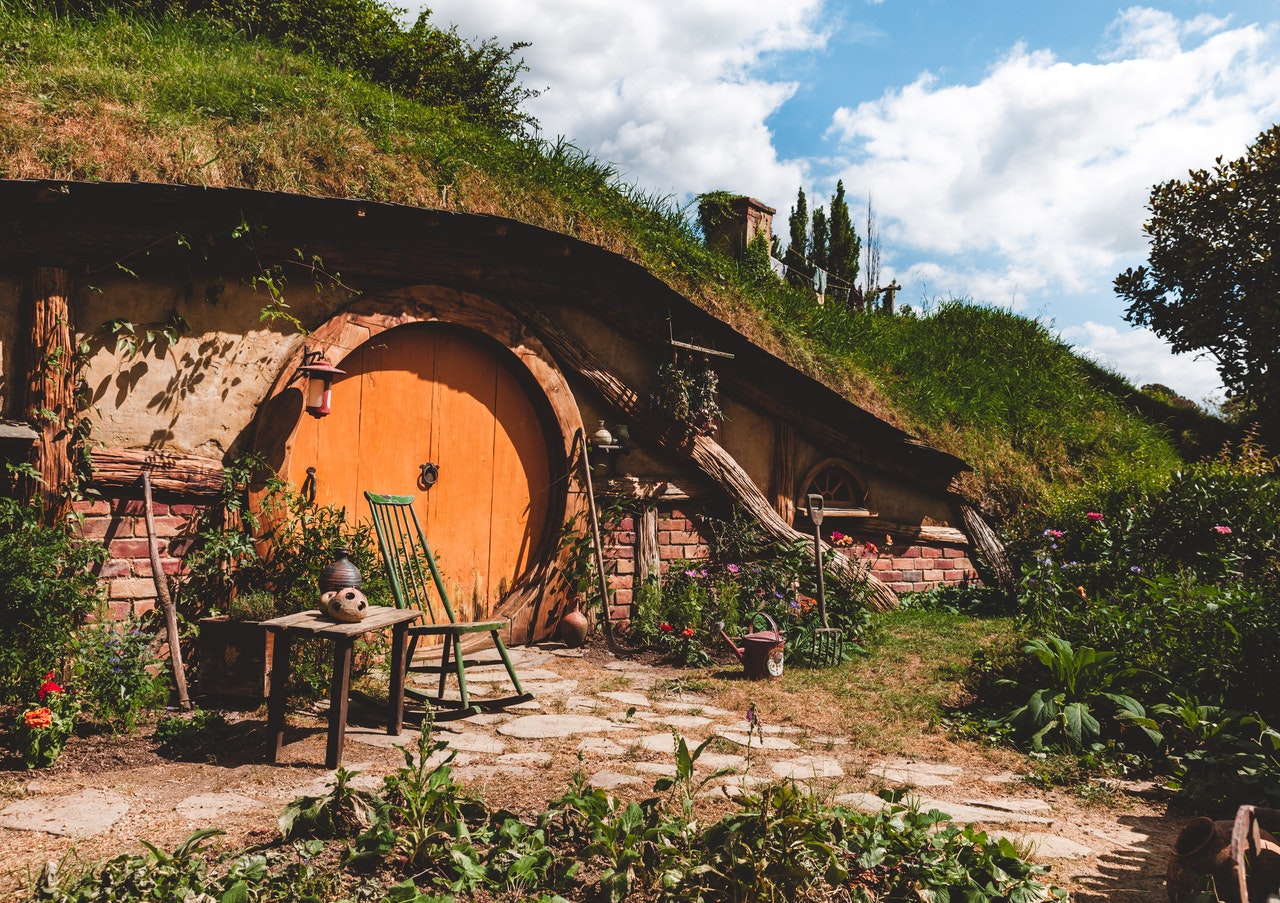In this information-rich era, more and more people are committing for a change towards a greener life. A change that not only promotes a healthy lifestyle but also protects our environment from the adverse consequences of the wasteful habits that people have developed over the years. Committing to “going green” is an essential step in protecting the environment, but most people find themselves stuck in the transition phase due to lack of knowledge; many are curious whether individual changes are worthwhile or even financially feasible. In this blog, we will reveal how even minor changes in your daily life can have impactful results in your green goals.
One of the critical steps towards a greener life is to “Reuse and Recycle”. This includes avoiding single time use disposable utensils, containers, and especially takeaway food packaging. A great alternative to this is the use of tin containers – a greener way to store, transport, and carry your food around. These containers are reusable, long-lasting, and can be used for multiple purposes. Bonus tip: tin containers are primarily customizable, meaning you can easily customize them according to your needs.
Similarly, aluminum bottles and glass jars work best as an alternative to disposable plastic bottles. Aluminum-made products are highly rated in the recyclable circle compared to plastic. It is a naturally occurring metal that is easy and economical to recycle without any degradation in its quality. Aluminum bottles are lightweight, easy to carry, and reusable; instead of single-time-use plastic bottles, they should be adapted. Simply refilling your water bottle at workspace water dispensers, public fountains, and filters instead of purchasing mineral water every now and then will save you some of your hard-earned money. Today, the market is full of tin containers and aluminum bottles with cool seamless designs, so you can always find something that matches your taste and style. If you choose these alternatives, you are sure to save some money and spare the earth millions of plastic packaging that is dumped into landfills every year.
Another issue for humankind that has reached an alarming level is the scarcity of water. With the boom in industrialization and civilization, water is available 24/7 to most of us living in the developed parts of the world. However, this vast water supply network has also increased over-usage and wastage of water. Recent climate changes, long and dry droughts, and declining groundwater levels have already put nations on high alert. Freshwater sources have become an essential asset for countries, and they are doing everything possible to sustain as much water for themselves as possible. This shows the seriousness of the situation, but unfortunately, most people don’t even realize the consequences of water wastage. When considering water waste, you should also consider that a lot of energy is used to ensure we get running water in our taps. Every drop of water needs to be transported from storage facilities, filtered, and purified. This all needs energy, and it increases the overall carbon footprint of people. A lifestyle change is much needed to reduce your carbon footprint and preserve water for our future generations. It would be best always to switch off the tap while brushing your teeth and make your shower as short as possible. You can also choose showers and faucets with smaller nozzles that reduce the water flow rate. Also, use bucket water to wash your car instead of running water and collect rainwater for gardening.
Another impactful way to live a greener life and reduce carbon emissions is to efficiently use available energy supplied and conserve energy in homes and offices. Adopt a green habit of turning off lights, computers, air-conditioners, and other electronic gadgets when not in use. Switch to more advanced and energy-efficient lighting sources, i.e. LED bulbs. LED bulbs are much more efficient, eco-friendly, and long-lasting than traditional tube lights or Incandescent light bulbs. You can also opt for solar power to run your entire or part of the house. With the advancements in solar technologies, it is becoming an affordable and accessible product for everyone. To further enhance energy conservation movement, properly insulate your walls and ensure your windows are sealed effectively. This seems to be a costly investment at first, but you will be surprised how quickly you will get a payback on your investment in the form of money saved on energy bills. To further reduce carbon footprints, one should opt for an electric or hybrid car – this way, you will most certainly cut down on polluting fossil fuel vehicles. However, if you are not ready to invest in an electric or hybrid vehicle, you can always cut down on your fuel consumption by cycling or walking whenever you can. This will help you to stay in shape and reduce air pollution simultaneously.
Going green does not have to start with a radical change in one’s daily routine or lifestyle. Incremental steps are a more sustainable approach; changing small habits, one at a time, is instead a more effective and practical approach in your goal towards going green. Living a greener and sustainable life carries benefits well beyond the slogan of “SAVE THE EARTH.” Not only are you reducing air, land, and water pollution and protecting the environment, but at the same time, you are also saving your hard-earned money and leaning into a healthier lifestyle.







Leave a Reply